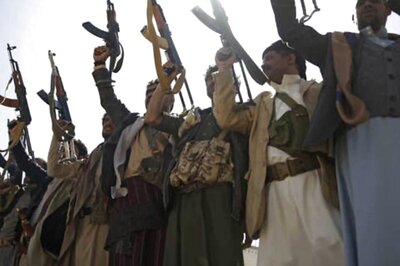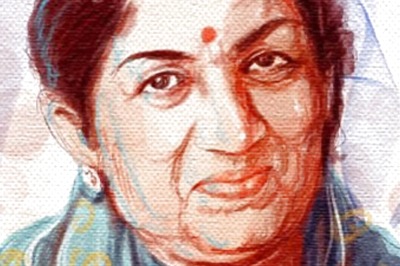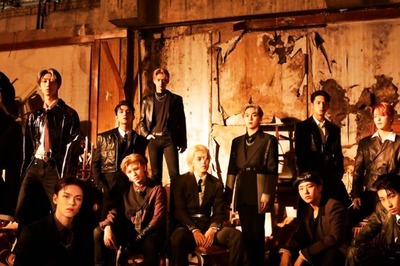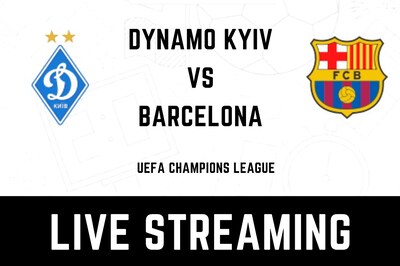
views
One of the two Lok Sabha seats of the Northeast state of Tripura, the Tripura East seat — reserved for the Scheduled Tribes — went to polls in the second phase on April 26. The turnout was 80.36 per cent. This may seem higher when compared to many other states but this figure is slightly less than the previous figure of 2019. Last time, the turnout was 82.9 per cent. The turnout in the Tripura West seat, which voted in the first phase on April 19, was 81.52 per cent — almost similar to 2019’s 81.93 per cent.
However, compared to the Assembly polls held last year, the voting in both the seats is significantly lesser. The polling percentage in the state polls was 89.83 per cent. This has set off speculations about what this turnout indicates.
Elections happening after a major political change
The Lok Sabha elections in the state are happening after the main Opposition party — TIPRA Motha — joined the ruling National Democratic Alliance (NDA) led by the BJP and the main Opposition leader of the assembly, Animesh Debbarma, became a cabinet minister of the Manik Saha-led cabinet. As a result of this, currently, there is a void in the space of Opposition in the hills, dominated by the tribals, who account for 31 per cent of the state’s population.
In this seat, the BJP candidate was Kriti Devi Debbarma, elder sister of Motha’s founder and royal scion Pradyot Debbarma. The top leadership of the BJP, including Chief Minister Manik Saha and former Chief Minister Biplab Deb, who was also the candidate of the Tripura West seat, and Pradyot Debbarma shared stages during their campaigning for the BJP’s candidate. Particularly, the camaraderie between Biplab and Pradyot seen during the campaign is significant — and this is likely to have further implications in the state’s politics.
Lack of coordination among allies visible on the ground
However, there was a contrasting picture on the ground. The rank and file of both parties avoided each other. The BJP’s rank and file were unhappy with the central leadership leaving the seat to the Motha. Party’s vice-president Patal Kanya Jamatia and sitting MP of this seat Rebati Tripura — both of them known as critics of Pradyot — were mostly away from the party’s election campaign. In fact, on the last day of the campaigning, Patal Kanya lashed out against Pradyot by calling him a “political broker” and even stated that it wouldn’t be possible to support an “agent of political broker” — referring to Kriti Devi. Patal Kanya has some support in the tribal belt. Her rebellion is likely to have some support from a section of disgruntled BJP rank and file.
On the other hand, a section of Motha’s rank and file were dissatisfied with the party allying with the BJP and putting the issue of Greater Tipraland on the back burner. In a conversation with this writer, days before the polls, BJP state vice-president Ashok Singha tried to generalise this situation by saying that discontent in politics is normal and that he is very much confident that the saffron party is winning both seats.
Opposition banking on discontent
In the Tripura East seat, the INDIA bloc’s candidate is CPI(M)’s Rajendra Reang, a former MLA. This was a strategy to capitalise on the discontent existing within the Reang community — the second-largest tribal group in the state — for having no minister in the state’s NDA government. Apart from the rivalry within the NDA on the ground, there has also been resentment among a section in the hills against the Motha-run Tripura Tribal Areas Autonomous District Council (TTAADC) for not being properly able to address the basic needs. This was seen through the poll boycott on polling day by tribal people at two polling booths.
The Left’s campaign targeted to recover the lost tribal votes who played a key role in the formation of government in the state. In a conversation with this writer days before the polling, state secretary Jitendra Chaudhury said that there comes a phase in politics when people vote based on emotions — referring to the voting pattern of a large section of tribals in favour of IPFT(NC) demand of Tipraland in 2018 and TIPRA Motha’s slogan of Greater Tipraland in 2023 — but he was 100 per cent confident that this time, the tribals votes would return towards the Left. Chaudhury alleged that Kriti doesn’t understand Tripura’s culture and is unable to speak Kokborok — the language spoken by a majority of the tribals — and targeted Pradyot for nominating her instead of nominating anyone from the tribal community of the state.
Changing political scenario in the hills
Low enthusiasm seen in the hills by voters — in comparison to the last Assembly polls in the hills, where the TIPRA Motha won with large margins — on the polling day is an interesting development. According to reports, Motha’s rank and file were not so active on the polling day — this is completely different to the picture seen in the hills in last year’s state elections. The Left did have some complaints of rigging against the BJP, but interestingly these were mostly in the plains, not in the hills. This is also another interesting development.
All these trends do indicate a decline of Motha’s support in the hills with a growing support for the BJP — and a slight tilt towards the Left too, which still has a committed base in the hills but its feeble organisation acts as a negative point. This became visible when the Left failed to give polling agents in many booths. Due to these factors, despite internal dissent within the NDA camp, BJP’s candidate Kriti Devi has the advantage in this seat but INDIA bloc’s Rajendra Reang is no pushover.
While the tribal voters are around 23 per cent in the Tripura West seat, their percentage is around 42 per cent in the Tripura East constituency. Due to this, the result of the Tripura East seat is keenly awaited by the state’s political circles to understand the changing political scenario in the hills.
Sagarneel Sinha is a political commentator and tweets @SagarneelSinha. Views expressed in the above piece are personal and solely those of the author. They do not necessarily reflect News18’s views.




















Comments
0 comment